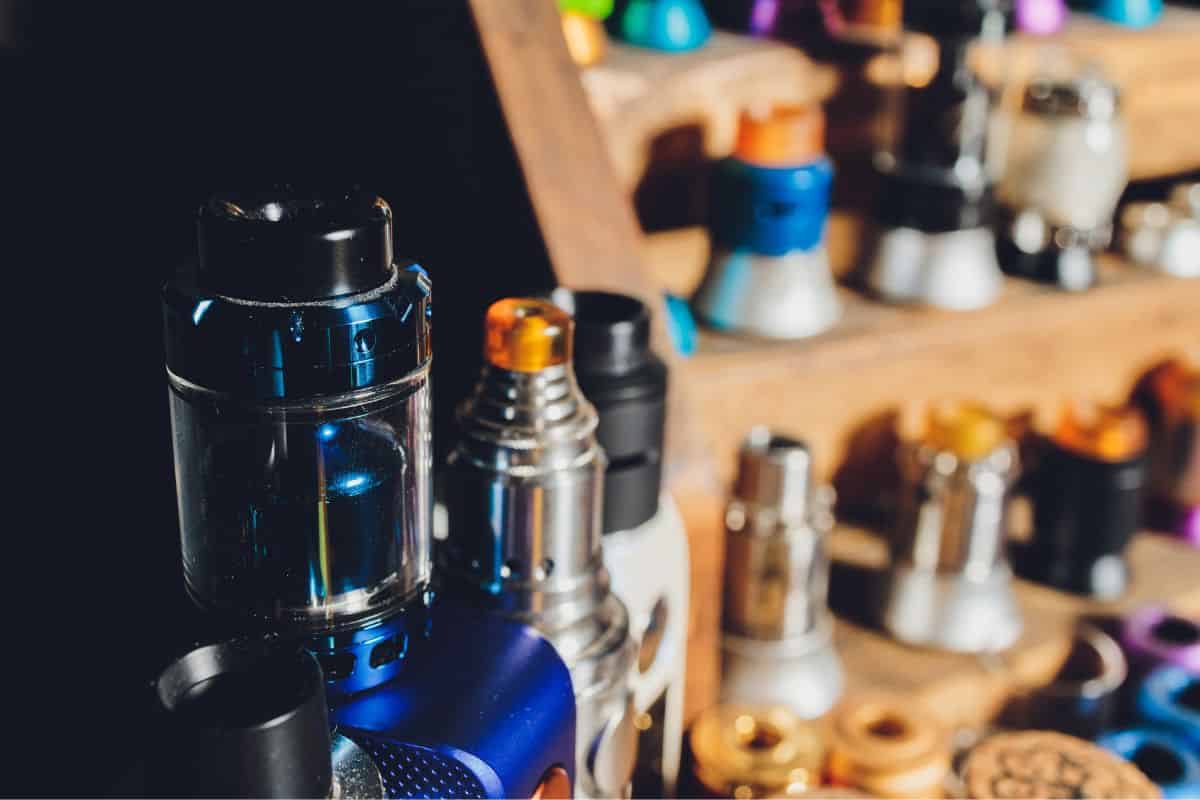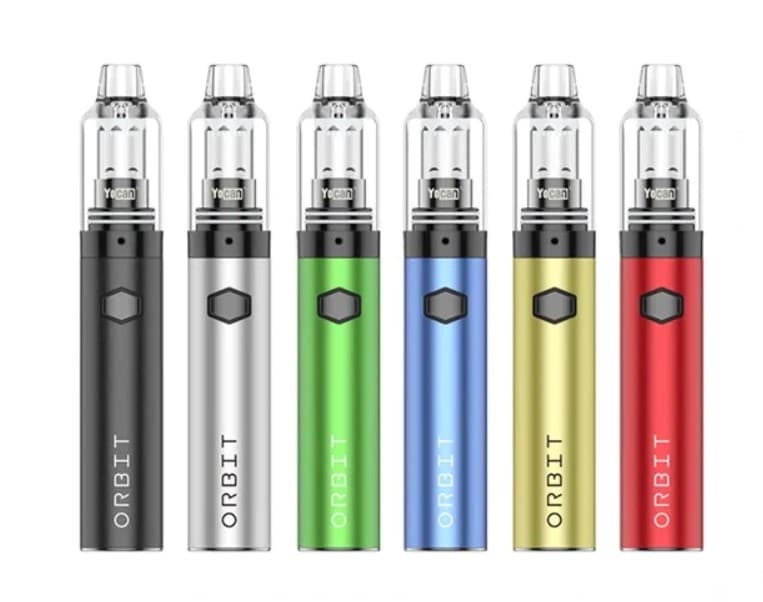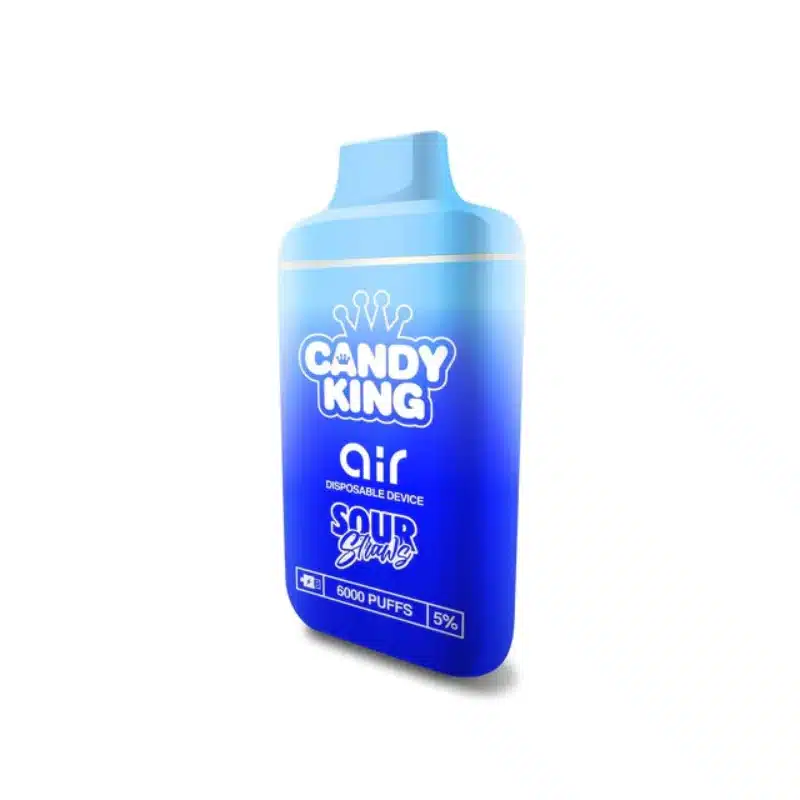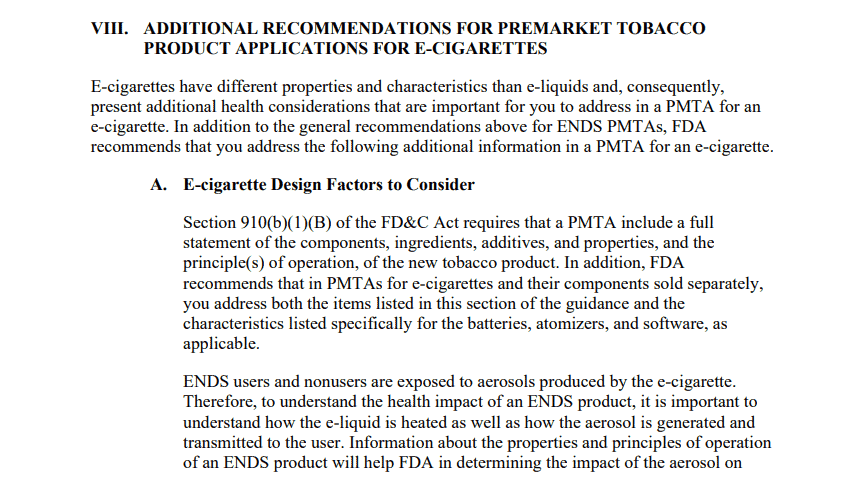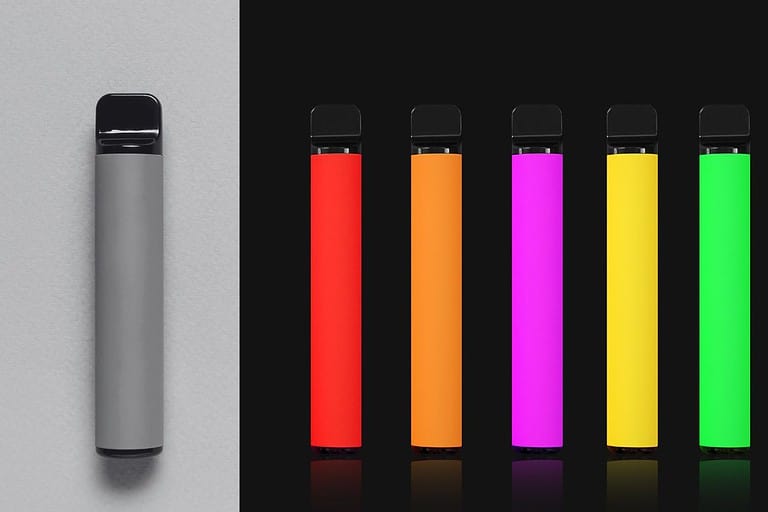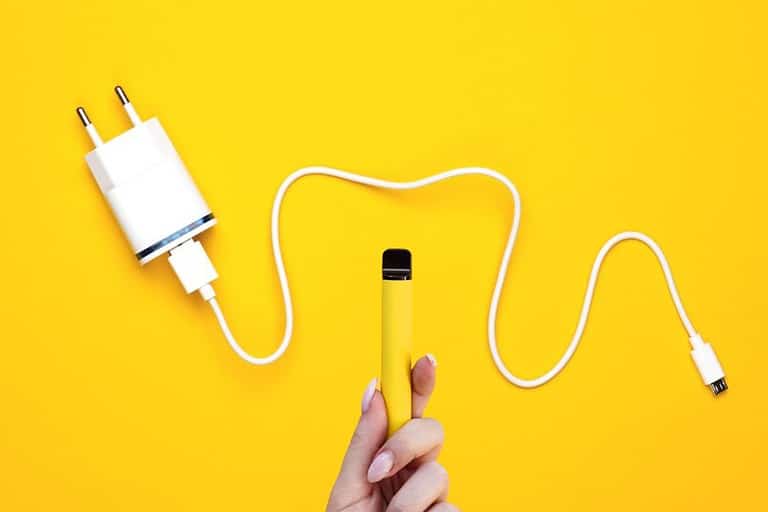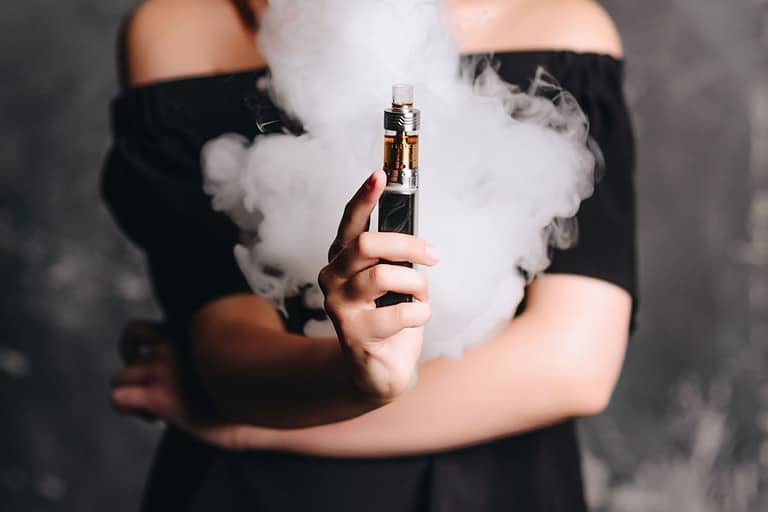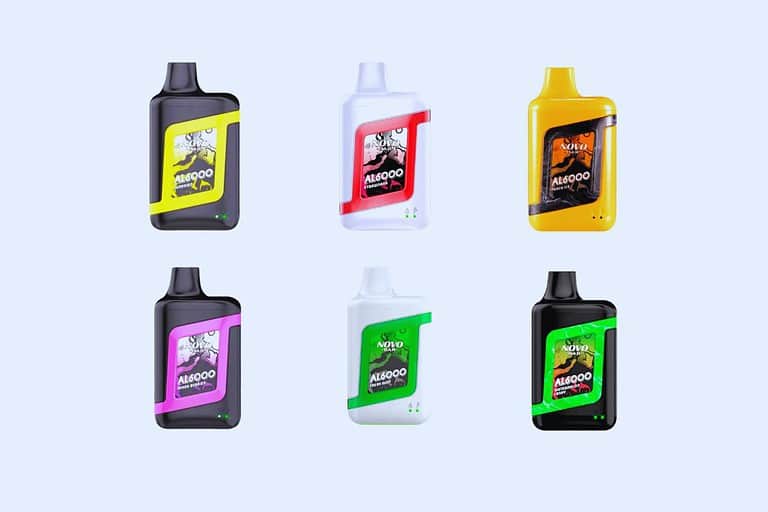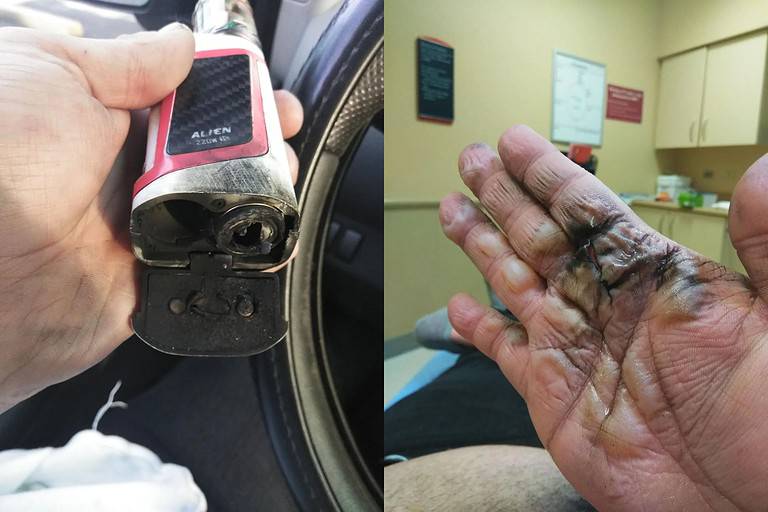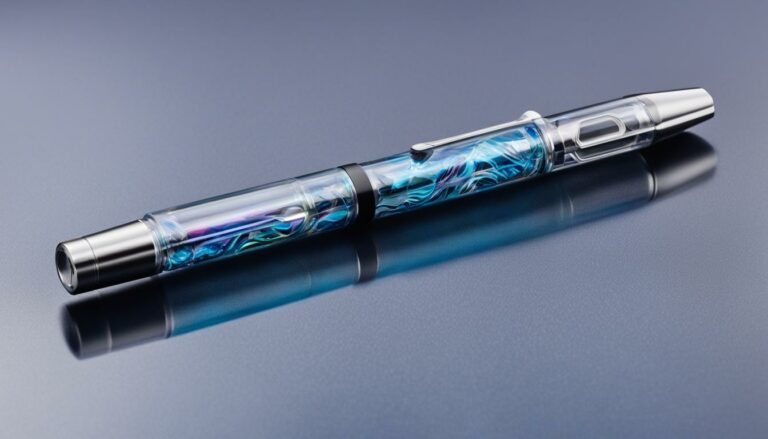What is the Safest Vape? Unveiling the Top Options for Health-Conscious Consumers
Vaping has become increasingly popular as an alternative to traditional smoking, with many people believing it to be a safer option. However, identifying the safest vape is not as simple as one might hope, as various factors contribute to the overall safety of these devices. It’s essential to understand the different types of vapes and the potential risks associated with their use to make informed decisions about which device may be safest.
E-cigarettes and vaping systems come in various forms, including vape pens, mods, and pod systems. Some devices offer adjustable settings for temperature or power, while others provide a more straightforward, consistent experience. It’s worth noting that no vaping product can be considered entirely safe, as many still pose potential health risks. Although some studies suggest that vaping may be relatively safer compared to smoking cigarettes, it is by no means a risk-free alternative.
As vaping continues to evolve and more information becomes available, individuals seeking the safest option should stay informed and critically evaluate the features and risks associated with different devices. It is crucial to consider factors such as nicotine content and device quality, as well as personal preferences and usage habits, when selecting the most suitable vape for one’s needs.
Table of Contents
Understanding Vaping
Vaping has become a popular alternative to traditional tobacco products, such as cigarettes and cigars. It involves the use of e-cigarettes, vape pens, and other similar devices that heat a liquid, often containing nicotine, into an aerosol that is then inhaled. This method has gained popularity for a variety of reasons, including the perception of reduced harm compared to smoking tobacco, the wide variety of flavors available, and the discretion offered by many devices.
To ensure a smooth and optimal vaping experience, properly warming up your cartridge is essential. Pre-heating can help avoid issues with clogging and uneven vaporization, contributing to a more satisfying experience. When choosing a vaping device, options such as vape mods and vape pens are available, each with their own unique features and benefits.
When it comes to safety, not all vape devices and e-liquids are created equal. It is important to choose high-quality products from reputable manufacturers. For example, some devices offer temperature control settings that allow users to regulate the heat applied to the e-liquid, reducing the risk of overheating and producing harmful chemicals. If you’re looking for a reliable and portable option for wax concentrates, consider devices like the Yocan Evolve Plus Vaporizer.
NEW CUSTOMER DISCOUNT
Save 15%
15% OFF YOUR ENTIRE ORDER FOR NEW CUSTOMERS USE CODE WELCOME15!
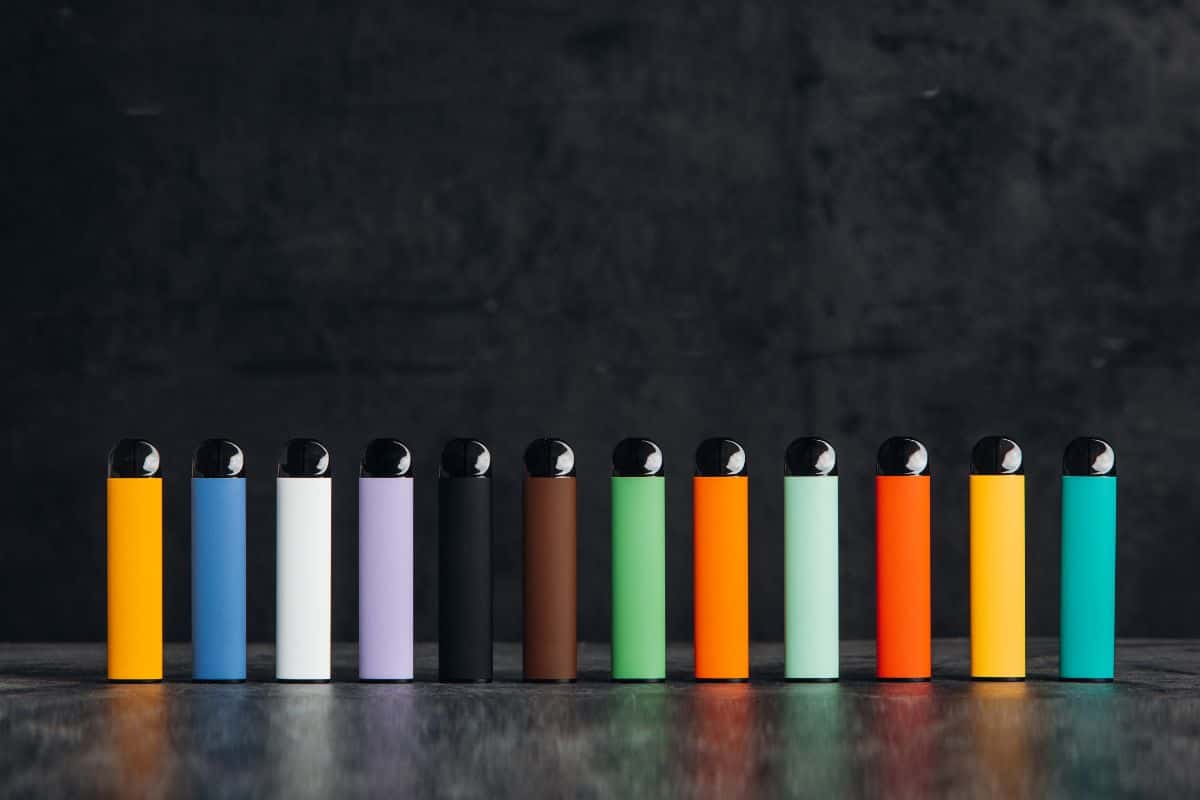
Nicotine is a common ingredient in many e-liquids, and its addictive properties should be taken into account when considering the safety of vaping. While some e-liquids are available without nicotine, individuals who are particularly sensitive or wish to avoid addiction should exercise caution when selecting their vape products. Additionally, it is crucial to properly store e-liquids and vaping devices, as they can pose a risk to children and pets if ingested.
As the popularity of vaping continues to grow, it’s essential to understand the potential risks associated with this activity and make informed decisions about the products and practices employed. By choosing high-quality devices and e-liquids and maintaining safe storage and usage habits, individuals can work to mitigate potential risks and enjoy their vaping experience.
Health Impact and Risks
Vaping has gained popularity in recent years as a perceived safer alternative to smoking traditional cigarettes. However, it is essential to understand the health impact and risks associated with vaping, particularly when discussing the safest vape options.
E-cigarettes and vape devices contain nicotine, which is a highly addictive substance. This addiction can lead to increased usage and potential adverse health effects. Nicotine exposure is especially harmful to adolescents, as it can negatively affect brain development and lead to future addiction issues.
The inhalation of vaporized substances can also have consequences on lung functioning. Even though there has been reported evidence of individuals quitting smoking by shifting to vaping, the long-term effects of vaping remain uncertain, and lung disease cases have emerged due to vaping. Along with potential lung issues, vaping can impact an individual’s oral health, as dental professionals can sometimes detect vaping habits. This is illustrated by a resource that explains the relationship between vaping and oral health, supported by an article on how dentists can potentially detect vaping habits titled “Can Dentists Tell If You Vape? Breaking Down the Facts”.
E-cigarette and vape devices themselves can pose safety risks. Faulty devices or batteries have been known to explode or catch fire, causing severe injuries or even fatalities. Ensuring that devices are adequately maintained, using the proper batteries, and following safety guidelines can help mitigate these risks.
Additionally, while there has been a reported decrease in traditional tobacco-related deaths due to vaping worldwide, vaping still has its risks. The varying levels of nicotine content and other chemicals across vape products can potentially lead to adverse health effects on various organs. Therefore, it is crucial to understand the risks associated with vaping before diving into the world of e-cigarettes.
In conclusion, being educated on the health impact and risks is vital when choosing the safest vape option. Selecting vape devices, e-liquids, and maintaining proper usage techniques will help minimize these potential risks. However, it is essential to remember that no vaping product can claim absolute safety, as there are undetermined long-term effects and varying risks associated with nicotine consumption and other chemicals in vape products.
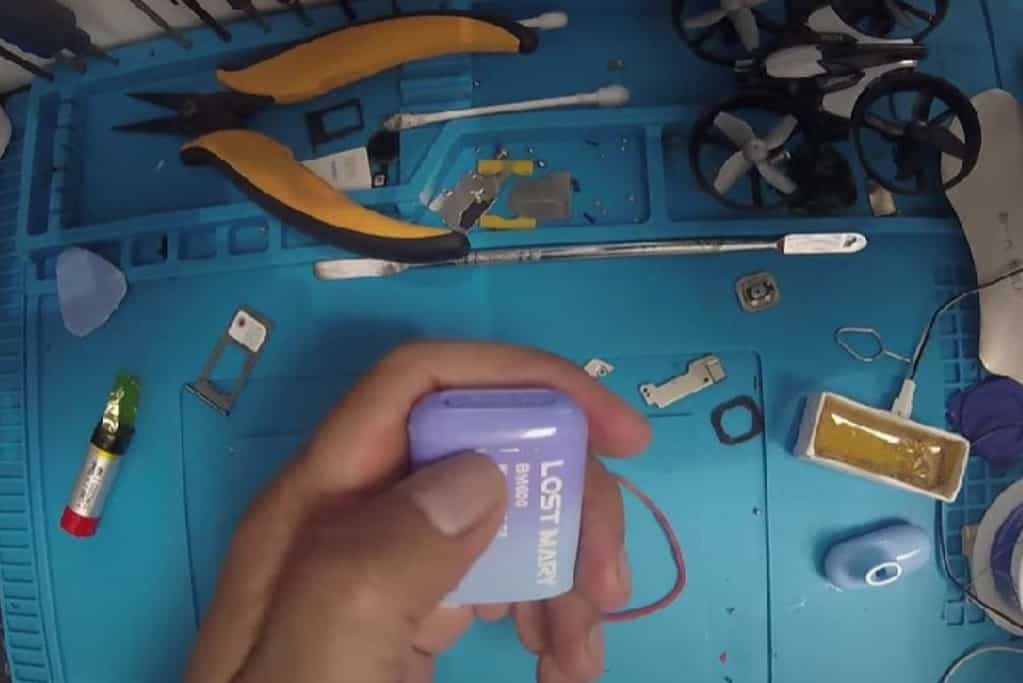
The Problem with Vaping Devices
Vaping devices, such as vape pens and e-cigarettes, have become popular alternatives to traditional smoking. Although vapes are seen by some as a safer option, there are several issues associated with their use.
One significant problem with vaping devices is the potential for adverse health effects. The safety of e-cigarettes is still widely debated, and studies have linked vaping to respiratory issues and increased risk of heart disease. Moreover, there is a lack of long-term research on the effects of these devices on users’ health.
Another concern with vapes is their environmental impact. E-cigarettes produce waste in the form of disposable cartridges, batteries, and other components. This waste can contribute to pollution, especially when not properly disposed of or recycled.
Vaping devices, particularly those that are more compact and discreet, may also be a security issue. For instance, many vaping devices can trigger metal detectors at airports and other secure locations, causing inconvenience and delays for travelers.
The maintenance of e-cigarettes can also be a challenge for users. Regular cleaning, battery replacements, and the need for chargers can make vaping less accessible and user-friendly, particularly for those unfamiliar with the devices.
Furthermore, vaping devices can be a target for theft due to their portability and often high value. Protective vape cases are available, but users should remain vigilant and aware of their surroundings to ensure their devices remain safe.
Lastly, governing bodies and medical experts continue to examine vaping regulation and the potential risks associated with these devices. As public understanding and policy evolve, users must stay informed about changing legislation and potential health impacts.
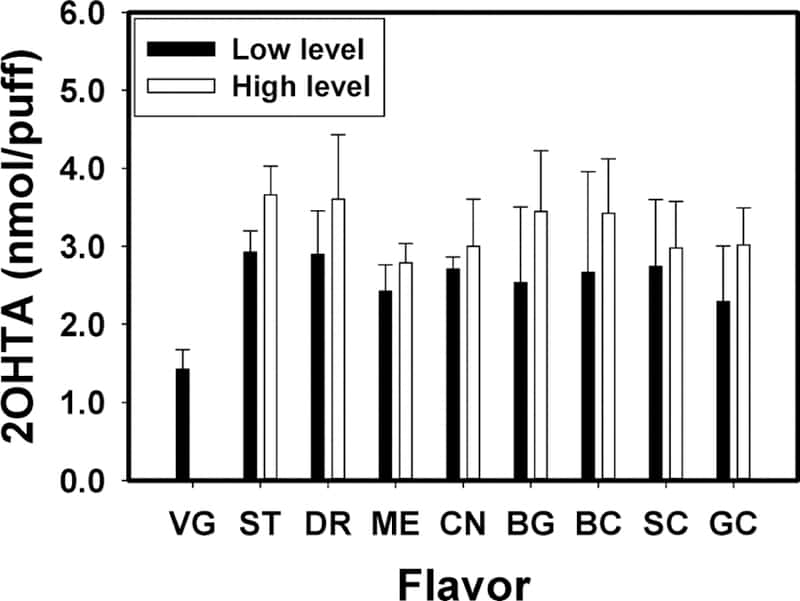
Understanding H2 and Other Substances in Vapes
When considering the safety of vaping, it is crucial to understand the various substances present in vapes, such as nicotine, THC, e-liquids and flavorings. In a typical e-juice, the main ingredients are propylene glycol (PG) and vegetable glycerin (VG), which serve as carrier substances to deliver desired flavors and active ingredients, like nicotine or THC.
Nicotine is a well-known addictive substance found in traditional tobacco cigarettes and many e-liquids. Beyond nicotine, some vapes also contain THC, the psychoactive compound found in cannabis. People looking for an alternative to smoking cannabis may opt for Delta 8 Gummies to achieve a similar effect.
Furthermore, the flavorings used in e-liquids can consist of various chemicals that may have potential health implications. One controversial flavoring agent is diacetyl, which has been associated with lung diseases when inhaled in large quantities. It is important for users to be aware of the ingredients in their e-liquid to minimize potential risks.
Material choices for vape hardware can also impact the safety of vaping. Ceramic heating elements are popular due to their even heat distribution and ability to enhance flavor, but some studies have raised concerns about potential heavy metal contamination. Quartz is a possible alternative for heating elements, as it heats up quickly and cleanly, reducing the chances of inhaling harmful substances.
Ultimately, understanding the substances used in vapes and the safety of different components is critical for making informed decisions as a consumer. Staying well-informed about potential risks can help users to mitigate potential dangers and choose safer vape products.
Exploring Safest Vaping Options
In the search for the safest vaping options, there are a few factors to consider. One crucial aspect is selecting no nicotine, diacetyl-free e-juice, as it lowers the potential risks and health impacts associated with e-cigarette usage.
E-juices come in a variety of flavors, and it is essential to choose ones that are free from harmful chemicals. Diacetyl has been linked to popcorn lung, a condition that damages the lungs’ smallest airways. Therefore, using diacetyl-free e-juices can limit potential health issues.
Another aspect to explore is the type of vape device, such as e-cigarettes, vape pens, and disposable vapes. While all vaping options pose some risks, disposable vapes can offer a more convenient and hassle-free experience. They usually come pre-filled with e-juice and do not require cleaning or maintenance.
Some popular disposable vapes include Candy King Air 6000 Puffs and SMOK Novo Bar AL6000. These devices vary in design, battery life, and flavor options, so users should consider their preferences and habits when selecting one.
Lastly, an essential aspect of safe vaping is the material used in the device, with ceramic being a popular choice. Ceramic coils provide even heating and reduced risk of dry hits, leading to a smoother and safer vaping experience. Additionally, ceramic is less prone to producing harmful chemicals during heating, making it a more secure option when compared to metal coils.
By considering these factors—no nicotine e-juice, diacetyl-free e-liquids, disposable vape options, and ceramic materials—users can make informed decisions about the safest possible vaping experience.
Regulations and Guidelines by Authorities
The safety of vaping products is an important concern for health authorities and regulatory bodies. The Food and Drug Administration (FDA) plays a crucial role in creating guidelines and regulations for nicotine vaping products. Alongside the FDA, the Centers for Disease Control and Prevention (CDC) also provides valuable information on the health impacts of vaping and recommendations for reducing potential risks.
To ensure the safest vaping experience, it is important that both consumers and manufacturers follow the guidelines set forth by these authorities. For instance, the FDA has implemented regulations on the labeling and packaging of e-cigarettes and e-liquids, requiring clear information about the product’s nicotine content, ingredients, and warning statements. Additionally, the FDA enforces restrictions on the sale of vaping products to minors, helping to prevent youth access to these potentially harmful products.
Not only are there regulations on a national level, but local laws and guidelines may also vary, requiring individuals who use vaping products to familiarize themselves with the specific rules in their area. For example, air travel guidelines dictate how to carry a vape in a carry-on bag to ensure proper lithium battery storage and avoid in-flight safety issues.
Manufacturers have a responsibility to adhere to the safety standards set by authorities and continually improve their products to meet these standards. The FDA continuously monitors the market for potentially hazardous vaping devices and can issue recalls or import alerts to protect public health. Furthermore, the CDC conducts research on the health effects of vaping and provides recommendations on reducing potential risks, such as advocating for the avoidance of black-market products and encouraging medical professionals to educate patients about the dangers of vaping.
Overall, the role of authorities such as the FDA and CDC is vital in maintaining a safe environment for nicotine vaping product consumers and in providing guidelines for the industry. By staying informed and adhering to these regulations and guidelines, consumers and manufacturers can help ensure a safer, more responsible vaping experience.
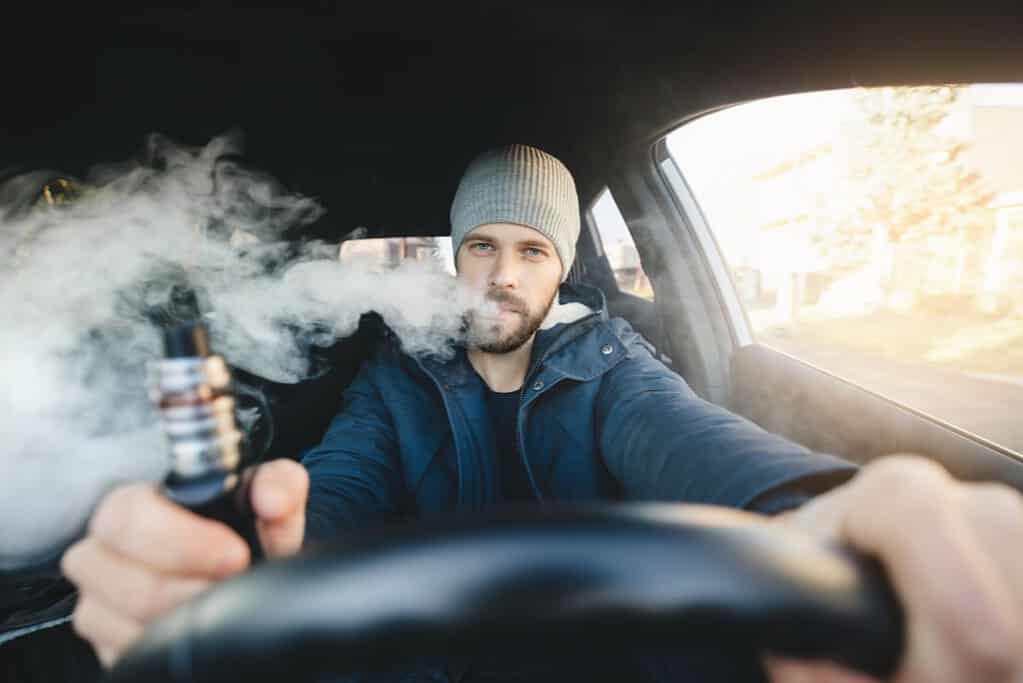
Advice on Vaping Cessation
Smoking cessation is an important goal for many individuals who wish to overcome their addiction to nicotine. Vaping has emerged as a popular alternative to traditional cigarettes, with some people using e-cigarettes as a stepping stone towards quitting nicotine altogether.
One of the challenges associated with quitting vaping is dealing with the withdrawal symptoms that can arise when reducing or stopping nicotine intake. These symptoms may include irritability, anxiety, difficulty concentrating, and increased appetite. By knowing what to expect during the withdrawal process, individuals can better prepare themselves for success in their smoking cessation journey.
In order to manage nicotine addiction, it is essential to gradually lower the amount of nicotine consumed. Some people choose to reduce the nicotine concentration in their e-liquids, while others may opt to use nicotine replacement therapies (NRTs), such as patches or gum. Regardless of the method chosen, the goal is to eventually lower nicotine intake to a point where the individual no longer feels a strong dependence on it.
For those who need to eliminate nicotine from their system quickly, there are methods to detox from nicotine within a short period of time. This can prove beneficial for individuals preparing for medical procedures, job interviews, or other situations where it is necessary to have a nicotine-free system. However, it is important to consider that detoxing quickly may increase the intensity of withdrawal symptoms.
In conclusion, vaping cessation takes time and effort. By understanding the withdrawal process and employing strategies to reduce nicotine consumption, individuals can successfully achieve their smoking cessation goals and free themselves from nicotine addiction.
Browse popular vape collections:
- Nicotine Disposables
- 2000 Puff Nicotine Disposable Vapes
- 2500 Puff Nicotine Disposable Vapes
- 5000 Puff Nicotine Disposable Vapes
- 6000 Puff Disposable Nicotine Vapes
- 7000 Puff Nicotine Disposable Vapes
- Disposable Vape Deals
- Best Vape Brands
- 8000 Puff Nicotine Disposable Vapes
- 9000 Puff Nicotine Disposable Vapes
- 5% Nicotine Disposable Vapes
- Rechargeable Nicotine Disposable Vapes
- Vape Coils
- Dab Wax Pens
- Dab Wax Pen Battery
- Yocan Vapes
- Vape Cases
Frequently Asked Questions
What are the top vape brands with a focus on safety?
There are several reputable vape brands that prioritize safety in their products. Brands such as Uwell, Smok, Vaporesso, and Innokin are known for their commitment to quality materials and reliable devices. Always look for vape brands that emphasize safety standards and have transparent manufacturing practices.
Which vape pods are considered the safest?
Safety in vape pods can be attributed to factors such as materials used, temperature control, and battery management. Some brands like Juul have garnered attention due to their nicotine content and popularity among youth. However, there are other brands like Vaporesso, Uwell, and Smok that produce relatively safer vape pods. Always ensure to research and choose vape pods with a focus on safety features and adjustable settings.
What are some healthy alternatives to vaping?
If you’re looking for healthier alternatives to vaping, consider nicotine replacement therapies (NRT) such as nicotine gum, patches, or lozenges. You could also explore drug-free methods like meditation, deep breathing exercises, and physical activities to manage cravings. Additionally, connecting with support groups or seeking professional help from a healthcare provider may aid in your journey to quit smoking.
Which vapes are most effective for quitting smoking in 2023?
While individual experiences may vary, some vapes have been found to be more effective in helping users quit smoking. Devices with adjustable settings for nicotine levels and temperature control can aid in gradually reducing nicotine intake. For instance, many users have had success quitting smoking using brands like Vaporesso due to their customizable settings and features. However, it is crucial to remember that success in quitting smoking depends on the individual’s commitment and support system.
Are there any FDA approved vapes on the market?
At the moment, there are no FDA-approved vapes available in the market. However, in September 2019, the FDA authorized the marketing of IQOS, a heated tobacco product by Philip Morris International, as a modified risk tobacco product. Keep in mind that FDA authorization does not equate to an endorsement on product safety; it emphasizes that the product may be less harmful than combustible cigarettes.
How is Pure E-Liquid different from other vaping options?
Pure E-Liquid, also known as unflavored e-liquid or base liquid, is free from added flavorings or additives typically found in other e-liquids. It consists of the basic ingredients – propylene glycol (PG), vegetable glycerin (VG), and optionally, nicotine. This type of e-liquid offers a simplified vaping experience and may be preferred by those who are sensitive to added flavors or concerned about potential health risks associated with flavored e-liquids. Nonetheless, it is essential to use high-quality pure e-liquids from reputable sources to ensure safety.

